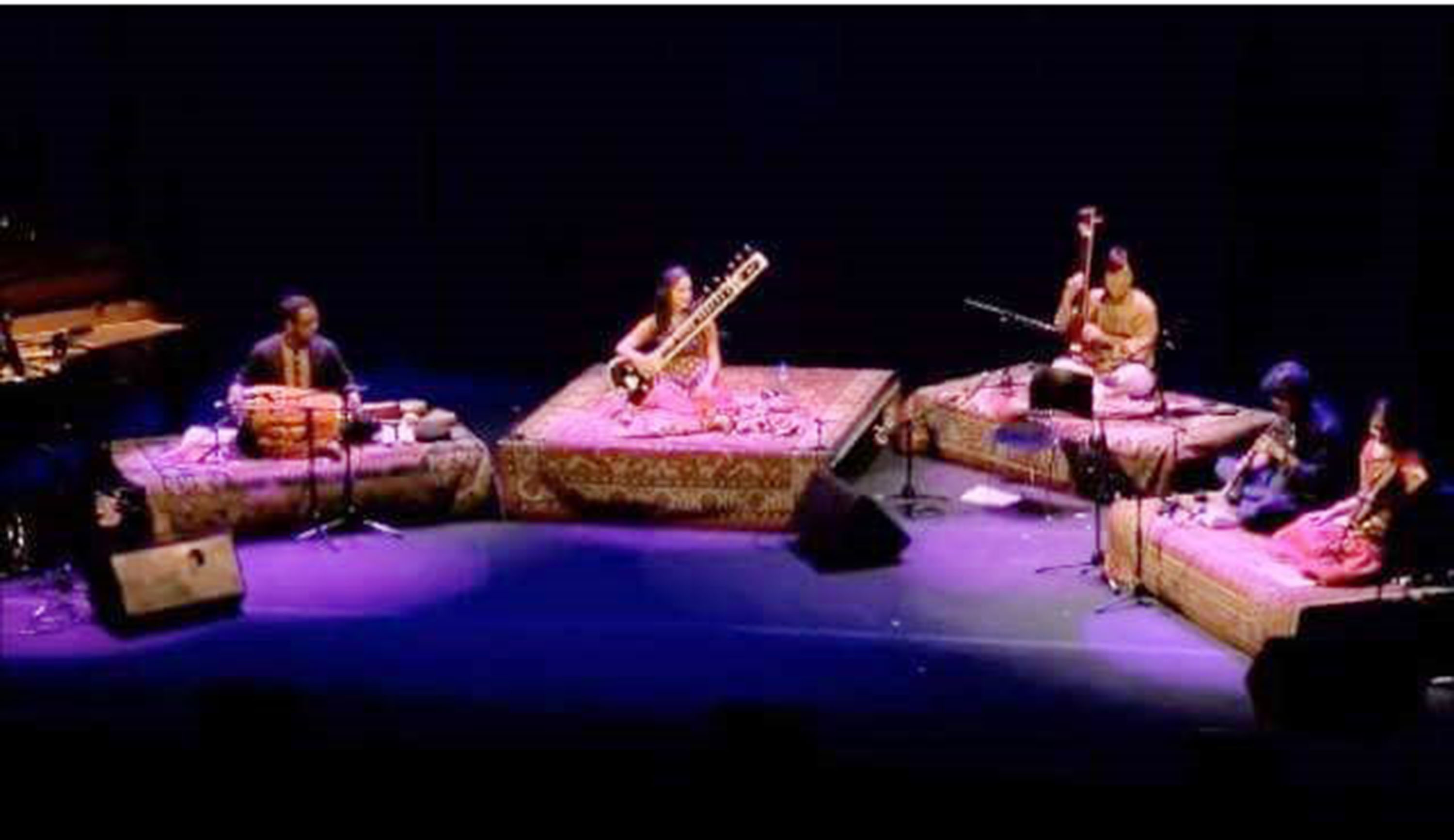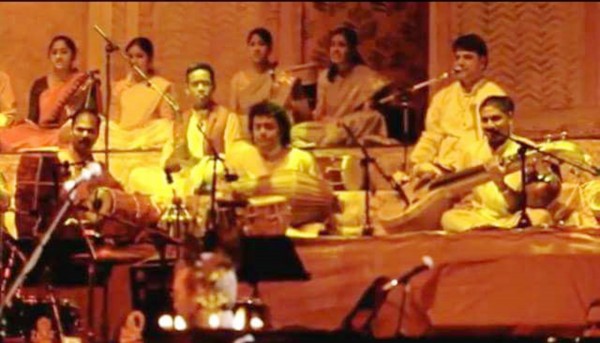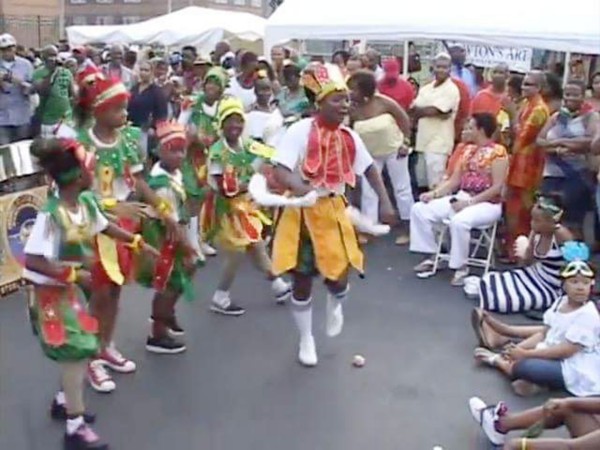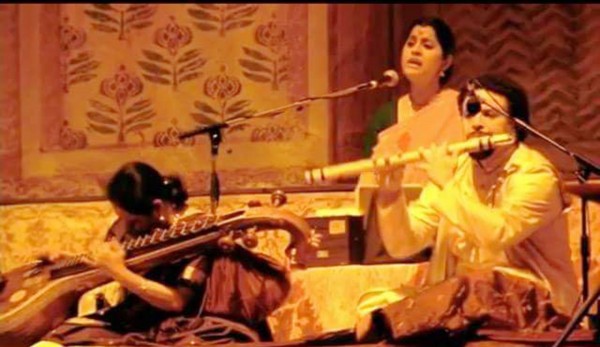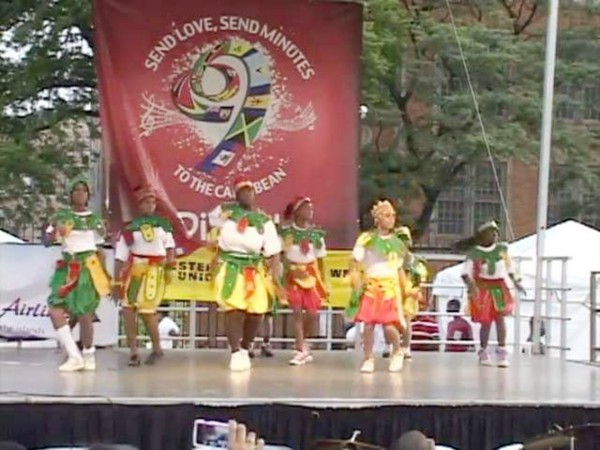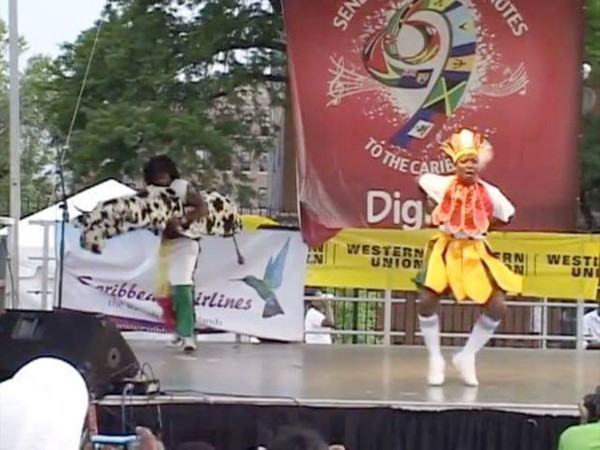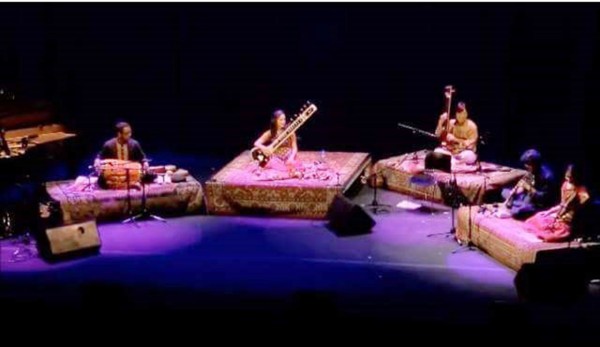By G Derry Etkins
It is my view, that it is the groove that defines a style of music. I define groove as the sum-total of the rhythmic elements in the music. It is the distinct groove that allows us to tell the difference between Reggae, Hip-Hop, Soca and Swing (what we loosely call Jazz).
Guyana’s musicians can boast of having a variety of rhythmic elements available to them. My limited knowledge of the music of our first Guyanese brothers and sisters prevents me from commenting with any authority on that aspect of our rhythmical library, neither can I speak about the potential rhythmic contributions of our brothers and sisters from Madeira. I can, however, say with great certainty, that between our Indian and African musics, we have a great deal of material with which to work.
Having established the groove, what next; a melody, maybe? Let’s try that.
From whence do we get our notes? Our ‘Colonial tour operators’ have left us with major and minor scales, and various other modes. The vast majority of our music, whether folk, commercial or art, is based on the first two types of scale. The music of our African ancestors incorporates the pentatonic scale as well. Our Indian and Chinese musics, while incorporating the pentatonic scale, have entire libraries of scales and modes of their own. These are worthy of deep exploration!
So, now that we have our melody, what instruments do we use? We have a long list of instruments at our disposal. Apart from those left us by the Colonialists, namely wind, strings and percussion, we have our various drums from both India and Africa and the harmonium and sitar from India. Our Madeiran ancestors brought stringed instruments as well. They reportedly brought guitars, banjos and mandolins with them.
So, we have our groove material, our melodic sources and instrumentation. There is yet another resource, our Guyanese accent/speech pattern. Guyanese have a unique speech pattern; our vocal inflections are different, and there are variations on this from region to region. Where do we go from here?
Technology is a fact of life! Computers have found their place in the music production and generation arena. With this democratisation of the music arena, where music generation is no longer the exclusive domain of the affluent, we have seen a decline in the involvement of acoustic instruments. The vast majority of the musical offerings are facilitated through the use of a piano-type keyboard. Guitars, both electric and acoustic, have definitely become a rarity; the concept or multiple musicians playing on a recording is also a rarity, except for projects with large budgets; movies, video games and some live concerts, classical and otherwise, come to mind.
Sampling, in its various interpretations; and loops, in various forms as well, have added to, or depending on who is talking, actually changed the way music is created. Producers can generate quite convincing emulations of various instrumental combinations, using this technology. Synthesizers, both software and hardware, have also become a fact of life, adding to the list of available sound sources. Generally, producers in Guyana tend to focus on modern synthesized sounds, generated or triggered by a keyboard. This is the going thing these days and, with the present world economy, cost effectiveness will override authenticity. Having said that, let me add, that we need to be vigilant, and remember, that even in a keyboard-generated project, it is indeed possible to include the instruments of our heritage. Within the context of a Guyana sound, I would say, that it is desirable for us to do so.
We know, that Guyanese are an immensely creative people. We have produced musicals, operettas, art music, commercial music as well as our library of folk and national songs. Over the last decades, however, our musical output has been heavily focused on commercial music. I venture to say, that generally, we have not lost our appreciation for any other music, but maybe, our interest in and ability to produce any other categories. Our children are still encouraged to sing our national and folk songs, and they do so with great gusto.
There is need for a more diverse creative output.
How do we resuscitate, foster and facilitate this creativity?
The short answer is proper music education. This is the other half of the equation. Unfortunately, there are many examples of unschooled creative people who have created musical masterworks, and many of us use these examples to fuel the argument, “You do not need training if you have talent.” These examples are relatively few and far between. The vast majority of the greats, including those with prodigious talent, were trained; they studied and practised their craft, until they were able to produce the music we listen to and love.
It is my belief that those who composed our art music, the music that has stood the test of time, the music that we sing with pride on national occasions, those people were trained in music, if not specifically in composition. I feel very strongly, that talent balanced with training is an unbeatable combination. There are shining examples of this, in our immediate vicinity. There can be absolutely no doubt, that our Brazilian neighbours south of the border, have a sound of their own; sounds actually. A bit to the north, in the Caribbean, we have Trinidad & Tobago and the French West Indies, and a bit farther west, we have Cuba and Jamaica. Back in South America, the most recently talked about phenomenon is, “El Sistema”, in Venezuela. These are all as a result of talent meeting study and training, combined with cultural confidence, and a willingness to stand up and be counted as a musical entity. We Guyanese need to apply that formula to our situation!
We are faced with a new chicken-and-egg situation. Is it national pride that will motivate us to consciously work towards our Guyana sound, or, is it our Guyana sound that will foster national pride? Which comes first? Can we sit and wait for either? I think not! I would suggest, that our media and advertising houses, and their clients, the business houses, have their respective roles to play in this regard. Instead of insisting on the latest dance hall, hip-hop or soca groove when advertising your products and services, commission a piece of Guyana-inspired music; and pay for it! See that as part of your social responsibility; see it a moral investment in Guyana. This will add cultural value to your products and services, while generating commercial respect around the international business community.
So, we now have our groove, our instrumentation, our trained talented musicians. What next? We need appreciators. We are quite generous in our use of the word appreciation, but are we aware, that there is a difference between that and enjoyment? In my view, enjoyment is a more visceral response, while appreciation involves a component of understanding what it is that we are enjoying. This understanding, which I like to call, music comprehension, is best acquired through knowledge and actual experience in making music; yes, you heard right, everyone should learn to play an instrument and/or sing, and read music to some degree. If we, the audiences are knowledgeable about what we are listening to, everyone wins. The performers will know that mediocrity will not be accepted, and the standard of creative output will be at a very high level. What we take away from the event, whether party, club or concert, will go beyond, ‘Oh! It was nice!’ If we can actually engage the performers in informed conversation and, from that standpoint, be part of the development process; the society as a whole benefits.
How do we educate our audiences? We teach music in our school system, from nursery to university.
In the words of the late W R A ‘Billy’ Pilgrim, “Can we do it? Yes, we Can!”
Let’s make it happen!
(First published in the April edition of Guyana Cultural Association’s online magazine.)
